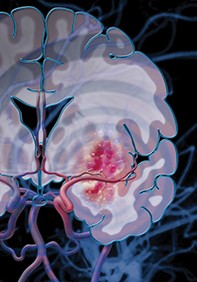Peer Reviewed
Feature Article Cardiovascular medicine
TIAs and stroke prevention: rapid assessment, urgent treatment
Abstract
Common issues arising in the management of patients with TIA and stroke and the application of best evidence practice in managing and preventing these conditions are highlighted in this case-based article.
Key Points
- A transient ischaemic attack (TIA) is a transient neurovascular event that resolves within 24 hours without acute infarction on MRI.
- Rapid assessment and treatment of TIAs can prevent disabling strokes in up to 80% of cases.
- Urgent investigations for TIA or stroke should include: imaging of the brain; imaging of the carotid and vertebral arteries; 12-channel ECG and Holter monitoring; transthoracic echocardiography; and blood pressure, fasting lipids and glucose measurements.
- The American Heart Association (AHA)/American Stroke Association (ASA) have recently updated their guidelines on primary and secondary stroke prevention, focusing on lifestyle modification and management of hypertension, hyperlipidaemia and diabetes.
- The targets for primary prevention are less strict than for secondary prevention, but the same principles for treatment and lifestyle changes apply.
Picture credit: © Phototake/Diomedia.com
Purchase the PDF version of this article
Already a subscriber? Login here.

